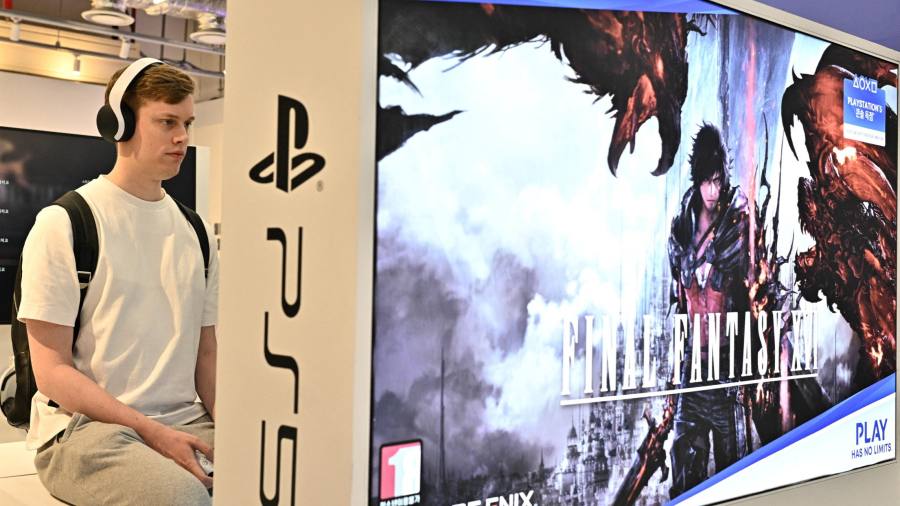Receive free Lex updates
We’ll send you a myFT Daily Digest email rounding up the latest Lex news every morning.
Gaming is going premium. Japanese console makers’ hardware has increasingly featured high-end displays and chips. Now, higher-priced content is set to provide a quick boost to the bottom lines of companies such as Sony.
The Japanese entertainment group is raising the price of its core gaming PlayStation Plus subscription service by about a third to as much as $159.99 annually. The service lets gamers try out new titles, access multiplayer gaming and stream games to PlayStation consoles and PCs.
That sharp rise reflects Sony’s confidence in user appetite for its premium content even at a higher price. It also follows a broader trend. Sony’s biggest gaming rival Microsoft increased prices for the Xbox counterpart, the Game Pass service, in July.
Sony has been pushing ahead with a premium strategy for its hardware, too. It acquired US audiophile gear maker Audeze last week so it can offer higher-quality audio functions for its PlayStation products.
The lifespan of gaming consoles has expanded. Nintendo’s current Switch model has been on the market for more than six years, for example. That has increased the need to differentiate through supplemental features.
The timing for the latest price rise is especially important for Sony. Its earnings forecast missed expectations last month. It is exposed to the slowing global smartphone sector through its image sensor chips business. Sales of its flagship PlayStation 5 were weaker than expected in the last quarter.
Sony’s shares rose more than 3 per cent Friday bringing this year’s gains to nearly a quarter. They trade at 17 times forward earnings, a quarter below peer Nintendo. A conglomerate discount continues to weigh on the stock.
Cloud streaming and digital distribution of games offer much fatter margins than the traditional hardware business model. In-game monetisation is another lucrative area with ample room for expansion. Growth here will offset cyclical weakness elsewhere.
Read the full article here



